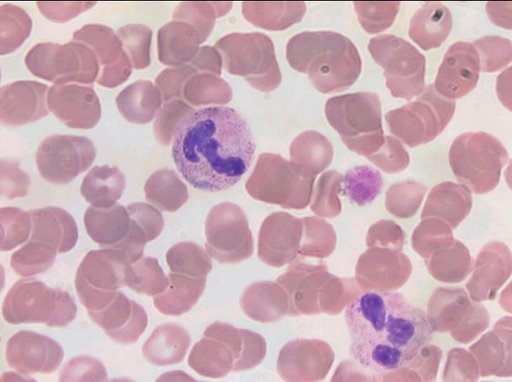Döhle bodies
|
WikiDoc Resources for Döhle bodies |
|
Articles |
|---|
|
Most recent articles on Döhle bodies Most cited articles on Döhle bodies |
|
Media |
|
Powerpoint slides on Döhle bodies |
|
Evidence Based Medicine |
|
Clinical Trials |
|
Ongoing Trials on Döhle bodies at Clinical Trials.gov Clinical Trials on Döhle bodies at Google
|
|
Guidelines / Policies / Govt |
|
US National Guidelines Clearinghouse on Döhle bodies
|
|
Books |
|
News |
|
Commentary |
|
Definitions |
|
Patient Resources / Community |
|
Patient resources on Döhle bodies Discussion groups on Döhle bodies Patient Handouts on Döhle bodies Directions to Hospitals Treating Döhle bodies Risk calculators and risk factors for Döhle bodies
|
|
Healthcare Provider Resources |
|
Causes & Risk Factors for Döhle bodies |
|
Continuing Medical Education (CME) |
|
International |
|
|
|
Business |
|
Experimental / Informatics |
Döhle bodies are light blue-gray, basophilic, leukocyte inclusions located in the peripheral cytoplasm of neutrophils. They measure 1-3 µm in diameter. Not much is known about their formation. They are named after German pathologist, Karl Gottfried Paul Döhle (1855-1928)
They are seen in:
- Burns
- Infections
- Physical trauma
- Neoplastic diseases
- Wissler’s disease
- May-Hegglin’s anomaly
- Chédiak-Steinbrinck-Higashi’s syndrome
Diagnosis
Pathology
